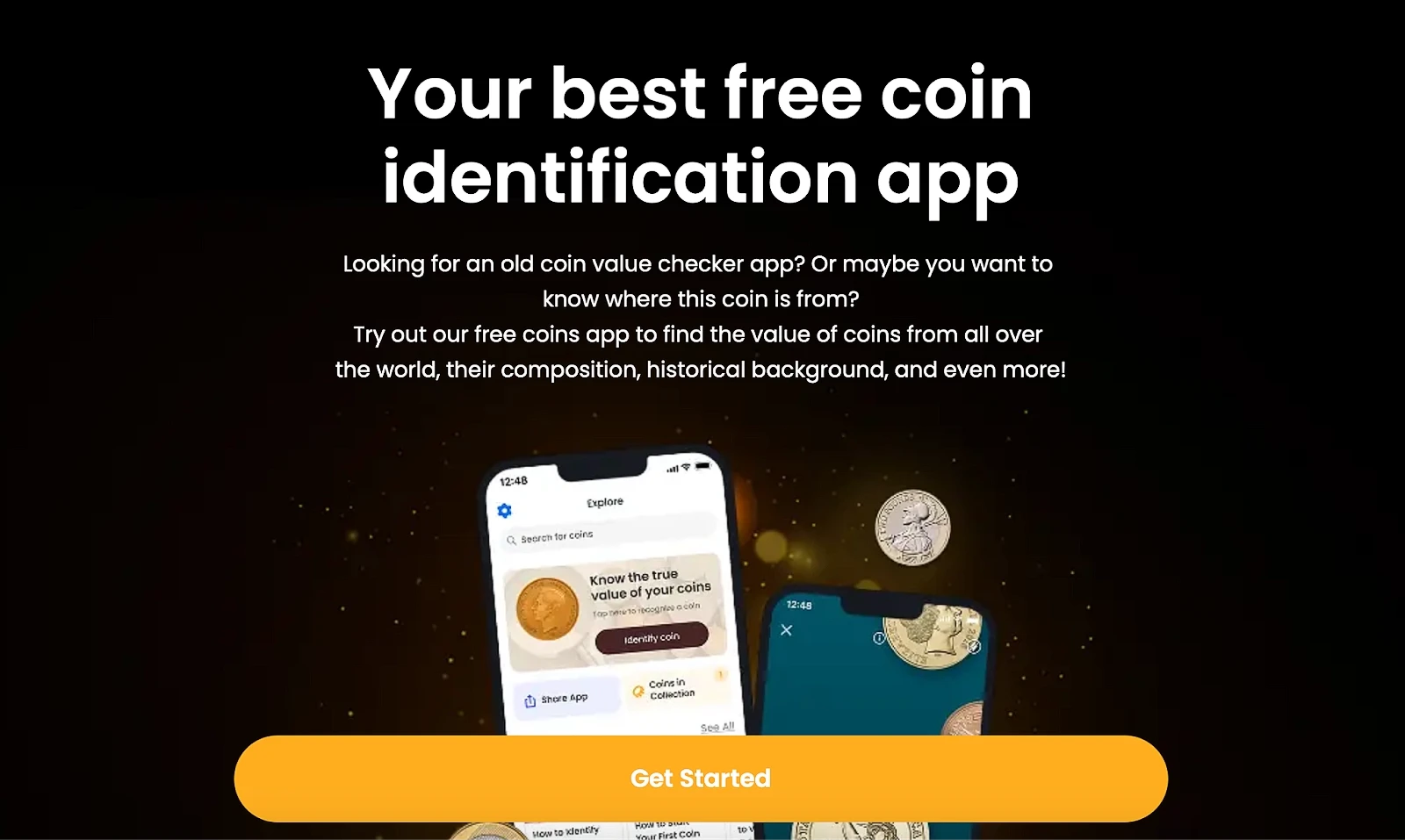Wheat Pennies That Cost Thousands:
Your Guide to Finding Hidden Treasure in Pocket Change
In a world increasingly driven by digital finance and contactless payments, the humble penny seems like a relic of the past. But for coin collectors and sharp-eyed treasure hunters, wheat pennies and Buffalo nickel value remain one of the most exciting findings in pocket change. That dusty jar of coins on your nightstand could contain a coin worth thousands—if you know what to look for. Today we are uncovering how a copper-colored coin from last century might just be your secret to a surprising windfall.
 The Basics: What Is a Wheat Penny?
The Basics: What Is a Wheat Penny?
Wheat pennies, officially known as Lincoln Wheat Cents, were minted between 1909 and 1958. On the front, they feature Abraham Lincoln’s iconic profile, and on the reverse—two stylized wheat stalks embracing the words “ONE CENT.” These coins marked a shift in American design, and over time, they’ve become prized collectibles for both their historical value and potential worth.
But not all wheat pennies are equal. Some are common pocket fillers, while others can sell for hundreds of thousands of dollars. So what separates the mundane from the monumental?
Key Factors That Make Wheat Pennies Valuable
Three crucial elements determine a wheat penny’s market value—and you don’t need to be a numismatic expert to understand them. Let’s break them down:
1. Rarity
The rarer a coin, the more valuable it tends to be. Some pennies were minted in low quantities, making them hard to find and thus highly sought after. For example:
- 1914-D (Denver Mint): Only 1.1 million produced
- 1956: Over 1.5 billion produced
Conclusion: If you find a penny from a year with low mintage, you’re already ahead.
2. Mint Errors
Some of the most valuable wheat pennies owe their worth to manufacturing mistakes—a collector’s dream. Here are common errors that skyrocket value:
- Doubled dies: Design elements appear duplicated (especially letters)
- Off-center strikes: Misaligned images from misstruck dies
- Wrong metal composition: Example — a 1943 copper penny, when the mint switched to steel
These errors transform ordinary coins into rare oddities worth examining under a magnifying glass.
3. Condition
Condition is king in coin collecting. Even rare pennies drop significantly in value if they’re scratched, heavily circulated, or cleaned. Coins in uncirculated or mint state condition fetch the highest prices. Factors include:
- Mint luster (original shine)
- No scratches or cleaning marks
- Clear wheat stalks and facial features
The better the condition, the higher the payday.
Top 5 Most Valuable Wheat Pennies
| Year & Variety | Key Identifier | Value Range |
| 1944 Steel Cent | Magnetic steel instead of bronze | $75,000 – $408,000 |
| 1943 Copper Cent | Bronze color in steel year | $100,000 – $250,000 |
| 1909-S VDB | “S” mint mark + “VDB” initials on reverse | $1,000 – $4,000+ |
| 1914-D | “D” mint mark below date | $200 – $50,000 |
| 1958 DDO (Doubled Die Obverse) | Doubled lettering in “In God We Trust” | $3,000 – $336,000 |
These aren’t just numbers—they’re real sales from real collectors. Imagine the possibilities hiding in your pocket change.
Expert Identification Techniques
You’ve got your eyes on your coin jar now—maybe even dumped it on the table already. But how do you know which wheat pennies are worth keeping and which ones are just historical clutter?
In this section, we walk you through a step-by-step process used by collectors and professionals alike to spot high-value wheat pennies. Whether you’re a beginner or a casual enthusiast, these techniques will dramatically improve your odds of striking copper gold.
 Step 1: Check the Date and Mint Mark
Step 1: Check the Date and Mint Mark
The first thing you need to do is look at the year and the small letter beneath it. This tells you two things:
- The year it was made
- The U.S. Mint location
Common Mint Marks:
- D = Denver
- S = San Francisco
- (No letter) = Philadelphia
Now, compare the date + mint mark combo to known rarities. For example:
- 1914-D is very rare
- 1944-S is common
Use a 10x loupe or jeweler’s magnifier to spot faint or worn mint marks. Older coins especially may have partial marks due to die wear or circulation damage. That tiny “D” or “S” could make all the difference.
 Step 2: Look for Minting Errors
Step 2: Look for Minting Errors
Minting errors are one of the fastest routes to value. These coins are accidental masterpieces, created during production flaws. Here’s what to look for:
 Doubled Dies (DDO)
Doubled Dies (DDO)
This error results when the die strikes the coin twice but slightly offset. Common signs include:
- Shadowy or blurry lettering
- Most visible in “LIBERTY” or “IN GOD WE TRUST”
Most famous example:
- 1958 DDO — can fetch $3,000 to $336,000 depending on condition.
 Off-Center Strikes
Off-Center Strikes
If part of the design is missing or shifted to one side, that’s likely an off-center strike. These coins are quirky and collectible.
 Wrong Metal Composition
Wrong Metal Composition
Use a magnet on your 1943 pennies:
- If it sticks, it’s steel—normal.
- If it doesn’t, it might be one of the ultra-rare copper versions from a leftover bronze planchet. That one could bring in six figures.
 Repunched Mint Marks (RPM)
Repunched Mint Marks (RPM)
Old minting dies were manually punched. Sometimes the mark was applied twice at slightly different angles, creating a ghost image or overlap.
All of these errors are easier to spot with strong lighting and magnification. Don’t guess—observe.
 Step 3: Assess the Coin’s Condition (a.k.a. Grading)
Step 3: Assess the Coin’s Condition (a.k.a. Grading)
A valuable wheat penny in poor shape loses a significant portion of its value. Professional grading services like PCGS(Professional Coin Grading Service) or NGC (Numismatic Guaranty Corporation) use strict criteria to determine a coin’s grade.
Here’s what they examine:
| Feature | High-Grade Indicator | Low-Grade Indicator |
| Surface | No scratches or corrosion | Heavy wear or pitting |
| Strike | Sharp, full wheat details | Faint or flat design |
| Luster | Bright, original shine | Dull, cleaned, or spotted |
| Color | Natural red or brown tone | Harsh polish or green tint |
Even two identical coins—same year, same mint mark—can differ by thousands of dollars based on grading.
 Pro Tip: Use Modern Tools Like Coin ID Scanner
Pro Tip: Use Modern Tools Like Coin ID Scanner
Let’s face it—digging through coins with just your eyes and memory is slow. That’s why tech-savvy collectors use tools like the Coin ID Scanner App to save time and learn more fastly and efficiently.
This AI-powered app helps you:
- Instantly identify date and mint marks
- Detect doubling and other common errors
- Estimate condition using photo-based grading algorithms
It’s like having a professional numismatist in your pocket. Whether you’re sorting through old collections or checking a coin at a flea market, this tool can prevent you from accidentally giving away a five-figure penny.

Preserving Your Finds Like a Pro
Condition is everything in the coin world. A rare 1943 copper penny can drop from six figures to a few hundred dollars if it’s been improperly stored or aggressively cleaned.
 Do This:
Do This:
- Use acid-free coin holders: These prevent oxidation and discoloration. Look for archival-quality 2×2 holders or coin flips made of mylar, not PVC.
- Handle coins with cotton gloves: Natural skin oils and sweat can cause damage over time.
- Store coins upright in cool, dry places: Avoid damp basements or hot attics. Use silica gel packets in coin storage boxes to reduce moisture.
- Label your finds: Record the date, location found, and any distinguishing features. This builds provenance and can aid future appraisals.
 Don’t Do This:
Don’t Do This:
- Don’t clean your coin: Never polish or scrub a penny. Even gentle cleaning can leave micro-scratches that devalue it instantly.
- Don’t use PVC plastic: It off-gasses over time and causes chemical reactions that can destroy copper surfaces.
- Don’t toss rare coins into junk drawers: Even a small nick or drop in luster can reduce value dramatically.
 Bonus Tip: Sell Smart, Not Fast
Bonus Tip: Sell Smart, Not Fast
Let’s say you have a penny appraised at $10,000. You’re excited—and ready to cash in. Before you do, consider these best practices:
| Option | Pros | Cons |
| eBay or Etsy | Large audience, quick sale | Fees, risk of scams |
| Auction Houses | Professional buyers, competitive bidding | Takes time, seller’s fee |
| Coin Shows | Face-to-face negotiation, instant sale | Limited audience |
| Online Collector Forums | Niche market, better prices | Time-intensive, requires trust |
The right choice depends on how fast you want to sell and whether you’re comfortable negotiating.
 Use Tech to Track and Expand Your Collection
Use Tech to Track and Expand Your Collection
The Coin ID Scanner App is not just for ID and error checking—it’s also a powerful tracking tool for your growing collection. Use it to:
- Build a digital inventory with photos and grading notes
- Track market prices for specific years or mint marks
- Get alerts on trending wheat penny sales
The app is used by professionals and beginners alike to bridge the gap between curiosity and expertise.
Wheat pennies aren’t just small pieces of copper—they’re pieces of history. They tell stories of mints, mistakes, wars, and recessions. And some of them, surprisingly, are worth more than gold by weight.





